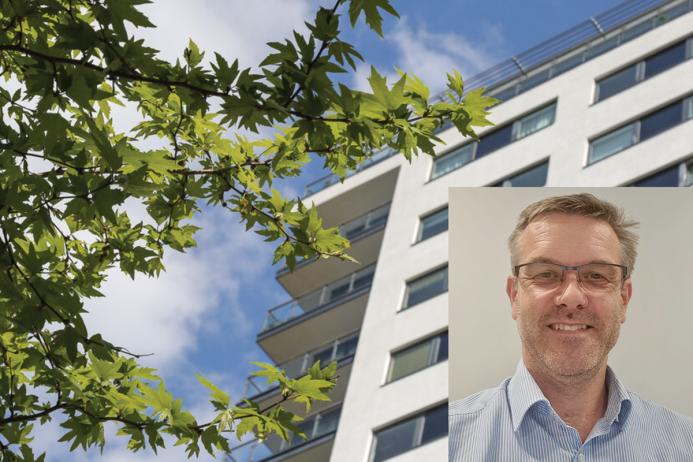Delivering Net Zero

First published in the September 2023 issue of Quarry Management
Making sure red tape does not stifle green delivery
Positive progress is being made across industry sectors in laying the groundwork for the UK’s 2050 net-zero delivery target. However, several barriers and obstacles still lie in the way of construction projects when it comes to tackling the carbon challenge.
It is right at the starting blocks of construction where carbon should begin to be considered, as well as how to achieve wider whole-life benefits.
In its ‘Delivering a reliable decarbonised power system’ report, the Climate Change Committee made the case that government needs to remove unnecessary regulatory and planning barriers to allow net-zero targets to be met. It can be argued that a similar approach is needed within the construction sector, particularly when it comes to the adoption of material specifications.
Taking concrete and cement as an example, lower-carbon Portland limestone cements (PLCs) were included in the update to the BS8500 British concrete standard, allowing for PLC cements to be used in combination with ground granulated blast-furnace slag (ggbs) and fly ash. Tarmac were involved with test work to develop these new standards. Essentially, PLC cements allow up to 20% of the cementitious elements to be limestone filler, which replaces clinker, lowering the carbon emissions from cement. Tarmac have already run full-scale demonstration projects with some key customers, and actively planned their full roll out, ready for when the BS8500 concrete standard is published in late 2023.
Additionally, Tarmac have developed a concrete using an alkali-activated cementitious material (AACM). This product has also been used in full-scale demonstrations across the UK in the past two years, including by National Highways on a project on the M42. The next step is for appropriate standards to be developed to allow wider use of this AACM product, which has a much lower carbon footprint.
In 2024, we expect to start replacing CEM I 52,5N (PC) volumes, with CEM II A-LL 52,5N (PLC). This is a UKCA-marked cement, with limestone filler already built in, which can be used under the new BS 8500 standards. The expectation is that CEM II A-LL will have equivalent performance, so it can be a permanent carbon-cutting replacement.
At Tarmac, developing lower-carbon sustainable solutions forms a key part of our clear and robust plan to become net zero. Alongside this, the success of our strategy will hinge on adopting new operational techniques, embracing technology, and taking a greater data-led approach to decision-making.
But, as in other sectors, it is impossible to deliver change on our own without the support of government, as well as from customers and suppliers. In this regard, it is essential that major developers and asset owners consider cultural and behavioural shifts to help drive new ways of thinking.
To see real and meaningful change, forward-thinking clients should be asking more questions of their supply chains, helping them to explore innovation and develop approaches that will lead to tangible improved environmental outcomes. Encouragingly, we are starting to see this in the energy and highways sectors, while the Environment Agency is already recognizing this need by creating innovation funds and including carbon incentivisation in contracts with its suppliers.
Despite the sometimes slow pace of change in standards and codes, there are plenty of innovative lower-carbon products and solutions that are available today that can be used and specified now. Combined with ongoing developments in smart logistics, automation and digital technology, there are significant savings that can be achieved through efficient delivery and by considering material specification early on in major schemes.
Engaging with construction products manufacturers early in the preliminary design process to understand these options will help clients and contractors make better-informed decisions about material and design specifications that improve carbon outcomes.
Communication is the key – many of the solutions and expertise are in place now. However, there need to be more opportunities for dialogue with designers, architects, consultants, and procurement teams, to demonstrate that they can adapt their practices and specify low-carbon options.
Tackling the carbon challenge requires more pragmatic standards and an industry-wide approach to early engagement that can help shape and embed low-carbon solutions. With a growing pipeline of flagship projects that have their own challenging sustainability commitments, there has never been a better time to reconsider how to collectively make a material difference to net-zero transition.
Subscribe to Quarry Management, the monthly journal for the mineral products industry, to read articles before they appear on Agg-Net.com








